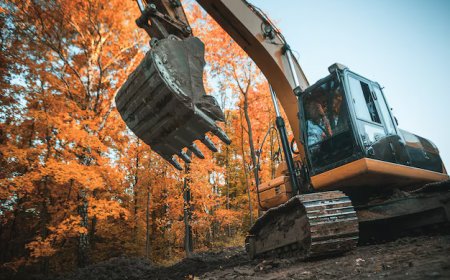Exploring Fuel Types: Traditional and Renewable Energy Sources

Fuel is essential for modern lifeit powers vehicles, heats homes, generates electricity, and drives industrial processes. Over time, the types of fuel available have evolved to meet rising energy demands, environmental concerns, and technological advancements. Today, fuel types fall into two broad categories: conventional (fossil-based) and alternative (renewable or low-emission). Understanding these fuels is key to navigating the global shift toward cleaner energy.
1. Fossil Fuels
Fossil fuels have powered the world for over a century. They are derived from the decomposition of ancient plants and animals and are non-renewable, meaning they will eventually run out. They are also major contributors to greenhouse gas emissions.
Petrol (Gasoline)
Petrol is a liquid fossil fuel used primarily in cars and motorcycles. Its refined from crude oil and burns efficiently in internal combustion engines. Despite its widespread use, petrol releases significant carbon dioxide (CO?) and other pollutants.
Diesel
Diesel is used in trucks, buses, trains, and industrial machinery. It is more energy-dense than petrol and offers better fuel economy, especially for heavy-duty use. However, diesel engines emit nitrogen oxides (NOx) and particulates, which contribute to air pollution.
Coal
Coal is mainly used for electricity generation and some industrial processes. Its the most carbon-intensive fuel type and has been declining in usage due to environmental concerns.
Natural Gas
Used for heating, electricity, and transport (as CNG or LNG), natural gas burns cleaner than coal and oil but still contributes to climate change.
2. Biofuels
Biofuels are made from renewable biological materials like crops, vegetable oils, and organic waste. They are cleaner alternatives to fossil fuels but vary in sustainability depending on feedstock and production methods.
Bioethanol
Bioethanol is produced from fermenting sugar- or starch-based crops like corn or sugarcane. It is commonly blended with petrol (e.g., E10) and used in conventional engines to reduce emissions.
Biodiesel
Biodiesel is made from vegetable oils or animal fats and can be used in diesel engines. It reduces CO? emissions but may require engine compatibility checks depending on the blend ratio.
3. Advanced Renewable Fuels
These fuels are designed to work seamlessly with existing systems while significantly cutting emissions.
HVO (Hydrotreated Vegetable Oil)
HVO is a high-quality renewable diesel made from waste oils and fats. It is a direct replacement for conventional diesel, offering up to 90% lower CO? emissions and excellent performance in all climates.
Hydrogen
Hydrogen fuel, especially in fuel cell vehicles, emits only water vapor. Its ideal for long-haul and heavy-duty transport but requires significant investment in production and refueling infrastructure.
4. Electricity
Electricity, particularly from renewable sources, is a growing fuel type for transportation and home energy.
Battery Electric Vehicles (BEVs)
Electric vehicles run on electricity stored in batteries. They produce zero tailpipe emissions and are increasingly popular as the grid becomes greener.
Conclusion
From fossil fuels to advanced renewables, the variety of fuel types reflects both energy needs and environmental priorities. As the world moves toward cleaner, more sustainable energy, alternative fuels like HVO, hydrogen, and electricity are becoming essential. Understanding these fuel types helps individuals, businesses, and governments make informed choices for a more sustainable future.







































